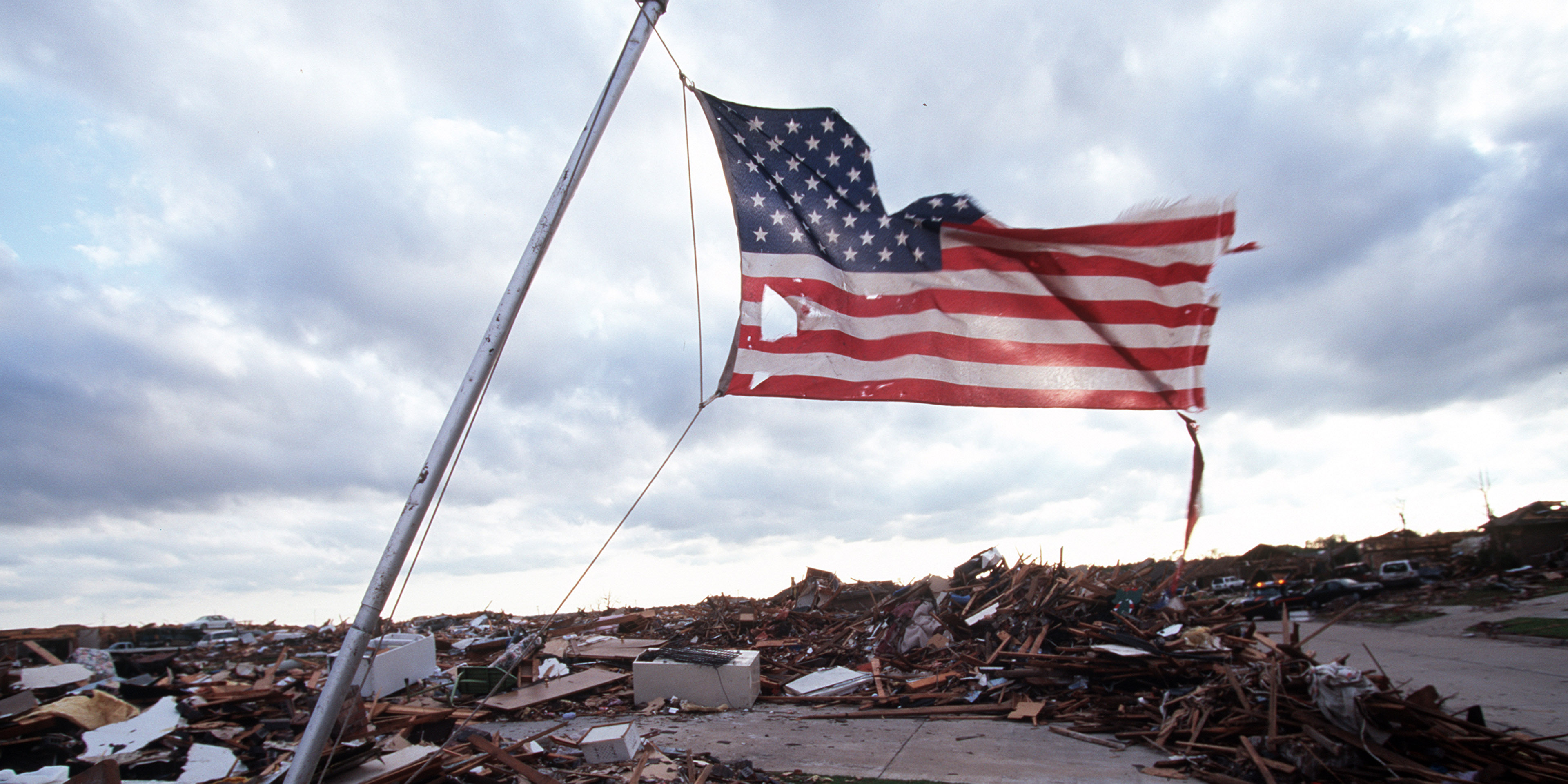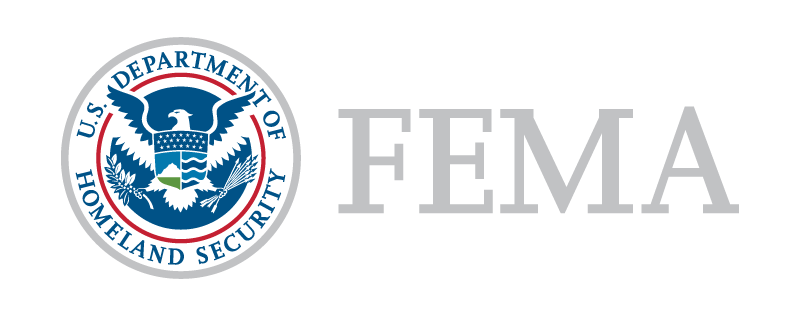Behind the Risk Index
Communities in the United States are at risk of experiencing one or more natural hazards, and multiple factors influence a community’s risk. The likelihood that a community may experience a natural hazard can vary drastically by community, as can the consequences of hazards. Social factors may also influence a community’s risk. For these reasons, FEMA initiated efforts and teamed up with stakeholders and partners in academia; local, state, and federal government; and private industry to provide an alternative to traditional risk assessment tools.
Starting in 2017, FEMA’s Natural Hazards Risk Assessment Program (NHRAP) established a vision for a multi-hazard view of risk that combines the likelihood and consequences of natural hazards with community risk factors to provide a holistic view of community risk. The National Risk Index was created to offer this baseline understanding of relative natural hazard risk across the United States. To achieve this vision, the NHRAP group established a core National Risk Index development team who led research, design, development, and testing of the Risk Index dataset, website, and data exploration tool.
For comprehensive details about how the Risk Index was developed, see the National Risk Index Technical Documentation.


